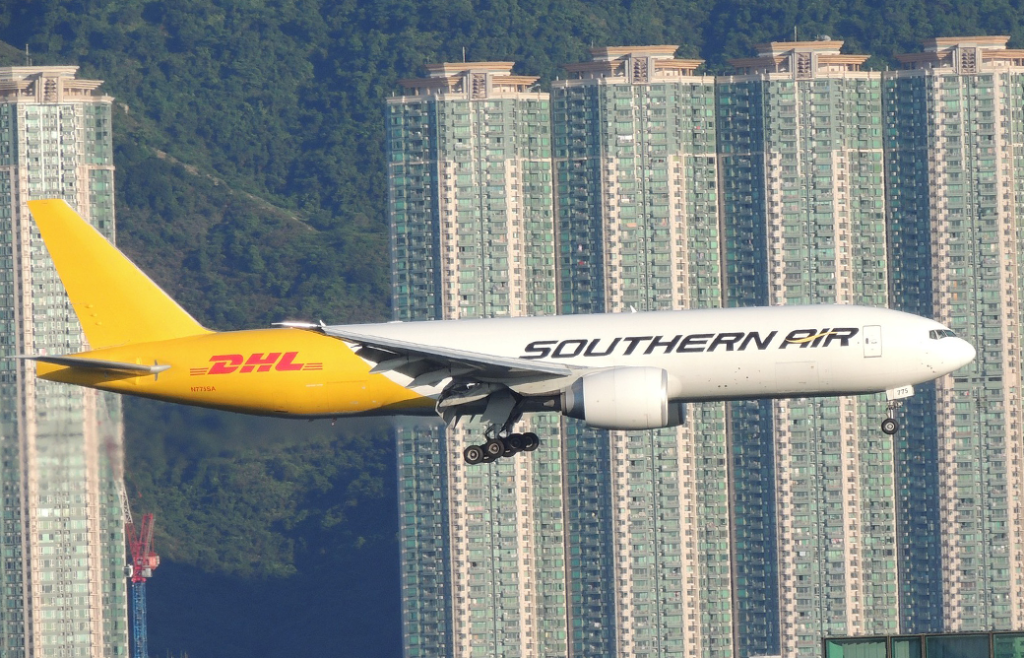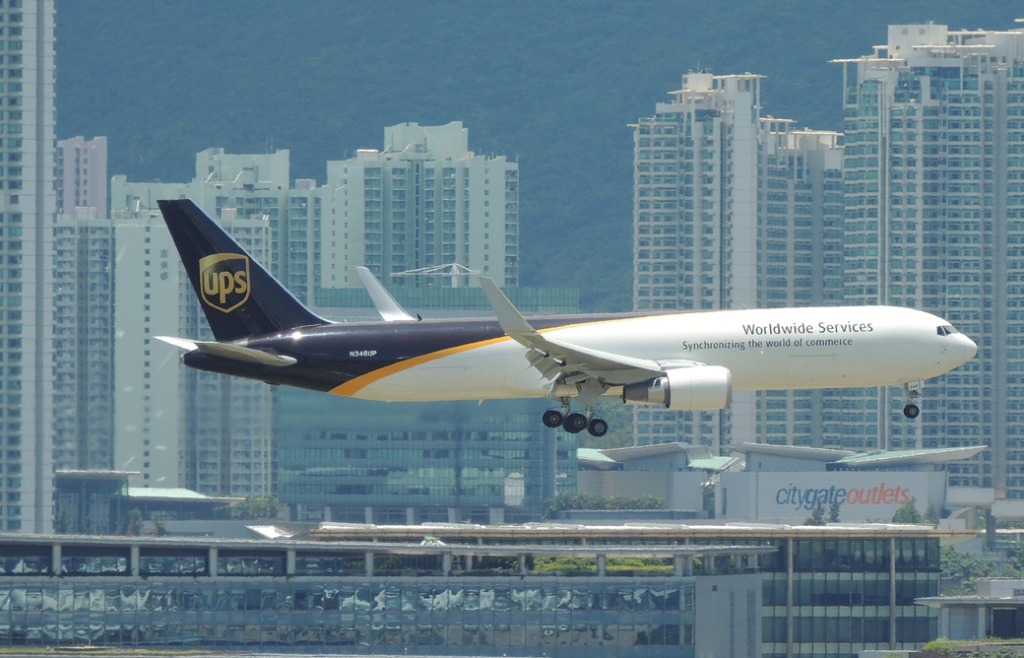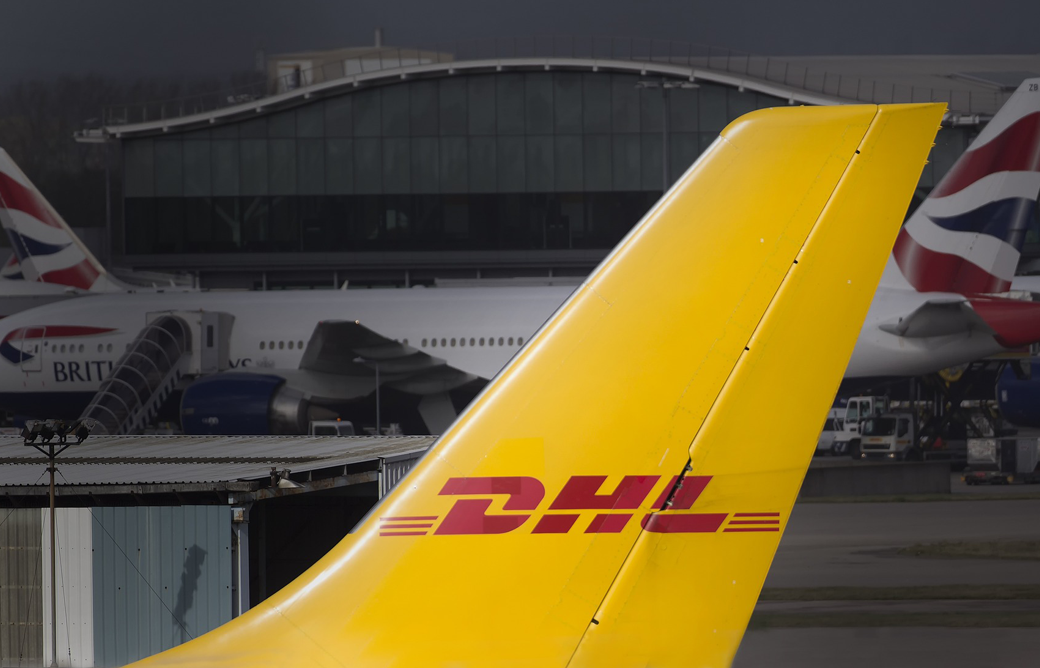Looking for information about airway bills? Check out our comprehensive guide covering the features, types, and functions of airway bills.
When it comes to shipping goods, one of the most important documents is the Air Waybill (AWB). This document acts as a contract between the shipper and the carrier, outlining the terms and conditions of transportation. In this article, we will cover everything you need to know about the Air Waybill.
- What is an Air Waybill (AWB)?
- What Information is Included in an Air Waybill Document?
- Where are Air Waybills Used?
- What is an Air Waybill Number?
- Different Types of Air Waybills
- Features and Format of the Air Waybill
- Functions of the Air Waybill
- Electronic Air Waybill
- Air Waybill vs. Bill of Lading
- Frequently Asked Questions (FAQs)
- Related Articles
What is an Air Waybill (AWB)?
An Air Waybill (AWB) is a document used in the transportation of goods by air. It serves as a contract between the shipper and the carrier, which can be an airline or a freight forwarder. It contains important information such as the names and addresses of the shipper and the consignee, the description of the goods, and the terms and conditions of transportation.

What Information is Included in an Air Waybill Document?
An Air Waybill document contains the following information:
- Shipper’s name and address
- Consignee’s name and address
- Flight details
- Date of issue
- Description of goods
- Number of pieces
- Weight and dimensions of goods
- Freight charges
- Terms and conditions of transportation
- Signature of the carrier or their agent
| Information Included in an Air Waybill Document | Brief Description |
|---|---|
| Shipper and Consignee Information | Names and addresses of the sender and recipient of the shipment |
| Shipment Details | Description of the goods being shipped, weight, dimensions, number of packages, and declared value |
| Flight Details | Flight number, departure, and arrival airports |
| Routing Information | Transit stops and the routing of the shipment |
| Charges and Fees | Freight charges, taxes, and other applicable fees |
| Special Instructions | Handling instructions, customs requirements, and other special instructions |
The Air Waybill document serves as a contract between the shipper and carrier and contains all necessary information for the transportation of goods by air. It is a critical document used in international trade and logistics.
Where are Air Waybills Used?
Air Waybills are used in the transportation of goods by air. They are used by airlines and freight forwarders to ensure that the goods are transported safely and efficiently. Air Waybills are used for both domestic and international shipments.
Air Waybills are essential documents used in the transportation of goods by air. They serve as a contract between the shipper and the carrier, detailing the shipment’s contents, routing, and other important information. Air Waybills are primarily used in the following industries:
E-commerce
With the growth of e-commerce, Air Waybills have become a crucial part of the logistics process. Online retailers use Air Waybills to ship products to customers all over the world. The Air Waybill provides essential information on the shipment, allowing for the efficient movement of goods from the warehouse to the customer’s doorstep.
Healthcare
The healthcare industry relies heavily on Air Waybills to transport medical supplies, equipment, and pharmaceuticals. Air Waybills ensure that these sensitive products are transported safely and efficiently, with the necessary documentation to meet regulatory requirements.
Fashion
The fashion industry also makes extensive use of Air Waybills, with companies shipping clothing, accessories, and other fashion items all over the world. Air Waybills provide a comprehensive record of the shipment, including the contents, weight, and value of the goods.
Automotive
The automotive industry relies on Air Waybills to transport parts and components to factories all over the world. Air Waybills ensure that the parts are delivered on time and in good condition, allowing for efficient production processes.
International Trade
Finally, Air Waybills are a critical component of international trade. They provide the necessary documentation for customs clearance and ensure that goods are transported in compliance with international regulations.
In conclusion, Air Waybills are used in a variety of industries, with each relying on them to ensure the efficient and safe transport of goods. Whether you’re an e-commerce retailer, a healthcare provider, or an automotive manufacturer, Air Waybills are an essential part of the logistics process.

What is an Air Waybill Number?
An Air Waybill number is a unique identifier assigned to each Air Waybill. It is used to track the shipment from the point of origin to the final destination. The Air Waybill number can be used to check the status of the shipment and to ensure that it is delivered to the correct recipient.
Different Types of Air Waybills
An Air Waybill (AWB) provides essential information about an air shipment, such as its origin, destination, and route. The AWB is issued by the carrier or its agent and is a legally binding contract of carriage. There are different types of AWBs, each serving a specific purpose. In this article, we will discuss the most common types of AWBs.
- House Air Waybill (HAWB) A House Air Waybill (HAWB) is issued by a freight forwarder or a consolidator to its customers. It is used for consolidating several smaller shipments into one larger shipment. The HAWB serves as a contract of carriage between the freight forwarder/consolidator and its customer.
- Master Air Waybill (MAWB) A Master Air Waybill (MAWB) is issued by the airline or its agent and covers the entire shipment from the point of origin to the final destination. The MAWB serves as a contract of carriage between the airline and the shipper.
- Electronic Air Waybill (e-AWB) An Electronic Air Waybill (e-AWB) is the digital version of the traditional AWB. It is transmitted electronically between the shipper, the airline, and other parties involved in the shipment. The e-AWB eliminates the need for paper-based documentation, which saves time and reduces the risk of errors.
- Negotiable Air Waybill A Negotiable Air Waybill is a document of title, which means that it is a negotiable instrument that can be transferred from one person to another. The Negotiable Air Waybill serves as proof of ownership of the goods and is used in international trade finance transactions.
| Type of Air Waybill | Brief Description |
|---|---|
| Standard Air Waybill | A non-negotiable document issued by a carrier that serves as a receipt for goods and evidence of the contract of carriage. |
| Multimodal Air Waybill | Covers the transportation of goods through multiple modes of transport, including air, land, and sea. |
| House Air Waybill | Issued by a freight forwarder to its customer, consolidating several shipments from different customers into one. |
| Master Air Waybill | Issued by the carrier and covers the transportation of goods from one airport to another, including several house air waybills. |
| Electronic Air Waybill | A paperless version of the air waybill that is created, managed, and transmitted electronically. |
Features and Format of the Air Waybill
The Air Waybill has a standard format, which includes a 10-digit Air Waybill number. The document is divided into three sections: the shipper’s information, the consignee’s information, and the shipment details. The Air Waybill is typically printed on a single sheet of paper and is accompanied by other shipping documents such as a commercial invoice and a packing list.
| Feature | Description |
|---|---|
| Shipper and Consignee Information | Identifies the name, address, and contact details of the shipper and consignee. |
| Flight Details | Records the airline, flight number, date, and place of departure and arrival. |
| Weight and Dimensions | Indicates the weight, number of packages, and dimensions of the shipment. |
| Charges | Lists the freight charges, customs duties, and other applicable fees. |
| Special Instructions | Provides any special instructions for handling the shipment, such as temperature requirements or hazardous goods. |
| Air Waybill Number | Identifies the unique tracking number assigned to the shipment. |
| Signature and Date | Includes the signature of the shipper or their authorized agent and the date of issuance. |

Functions of the Air Waybill
The air waybill (AWB) is a critical document in the air freight industry. It serves multiple functions, facilitating the transport of goods, enabling the tracking of shipments, and acting as a legal contract between the shipper and the carrier. In this article, we will discuss the functions of the air waybill in more detail.
- Transport Document: The AWB is primarily a transport document that accompanies the goods on their journey from the point of origin to the destination.
- Contract of Carriage: The AWB acts as a contract of carriage between the shipper and the carrier. It outlines the terms and conditions of the carriage, including the responsibility of each party.
- Proof of Shipment: The AWB serves as proof that the goods have been shipped and received by the carrier.
- Customs Clearance: The AWB contains important information about the shipment, such as the nature of the goods, their value, and the origin and destination countries. This information is crucial for customs clearance purposes.
- Freight Charges: The AWB also contains information about the freight charges and any additional charges, such as customs duties and taxes.
- Tracking: The AWB enables the tracking of shipments throughout the entire transport process, allowing the shipper and the receiver to monitor the status of the shipment in real-time.
| Function of Air Waybill | Description |
|---|---|
| Contract of carriage | Establishes the contract of carriage between the shipper and the airline, specifying the terms and conditions of the transportation. |
| Receipt of goods | Serves as proof of receipt of goods by the airline and includes a description of the goods and their weight. |
| Document of title | Acts as a document of title to the goods and enables the consignee to take possession of the goods at the destination. |
| Customs declaration | Provides information about the goods being transported to customs authorities, including the origin, destination, and value of the goods. |
| Freight invoice | Provides the shipper with a detailed invoice of the charges incurred for the transportation of the goods. |
| Routing instructions | Specifies the routing and stops of the shipment and provides instructions to the carrier on the handling of the goods. |
| Cargo insurance | Indicates whether the goods are insured and provides details of the insurance coverage. |
Electronic Air Waybill
In recent years, many airlines and freight forwarders have started using Electronic Air Waybills (eAWBs) instead of paper Air Waybills. The eAWB is a digital version of the Air Waybill, which can be transmitted electronically. The use of eAWBs has many benefits, including faster processing times, reduced paperwork, and improved accuracy.
Air Waybill vs. Bill of Lading
When it comes to international trade, documentation plays a vital role. Two of the most important documents in the shipping industry are the Air Waybill (AWB) and the Bill of Lading (B/L). Though they might seem similar at first glance, they have significant differences that make them unique. In this article, we’ll compare the Air Waybill and the Bill of Lading and examine the similarities and differences between them.
What is an Air Waybill (AWB)?
An Air Waybill is a legal document that serves as a contract between the shipper and the airline company. It contains essential details of the shipment, including the name and address of the shipper and consignee, the weight and volume of the cargo, the flight details, and the terms of delivery.
What is a Bill of Lading (B/L)?
A Bill of Lading is a legal document that serves as a contract between the shipper and the carrier. It contains essential details of the shipment, including the name and address of the shipper and consignee, the weight and volume of the cargo, the vessel and voyage details, and the terms of delivery.
Differences between Air Waybill and Bill of Lading
The primary difference between the two documents is the mode of transport. Air Waybills are used for air transportation, while Bill of Ladings are used for sea transportation. Another significant difference is that the Bill of Lading is a negotiable instrument that can be bought, sold, or traded by banks, while the Air Waybill is not negotiable.
Similarities between Air Waybill and Bill of Lading
Despite their differences, both documents serve the same purpose of providing essential information about the shipment. They both include the details of the shipper and consignee, the weight and volume of the cargo, and the terms of delivery. They also serve as evidence of the contract between the shipper and the carrier.

Which one should you choose?
The choice between an Air Waybill and a Bill of Lading depends on the mode of transportation. If you’re shipping your goods by air, you’ll need an Air Waybill, and if you’re shipping them by sea, you’ll need a Bill of Lading. If you’re shipping by both modes of transportation, you’ll need both documents.
In conclusion, while the Air Waybill and the Bill of Lading share some similarities, they have significant differences that make them unique. It’s essential to choose the correct document based on the mode of transportation and understand their respective roles in the shipping process.
| Air Waybill | Bill of Lading |
|---|---|
| A document used in air freight that outlines the contract of carriage between the shipper and the carrier. | A document used in ocean freight that serves as a receipt of cargo and outlines the contract of carriage between the shipper and carrier. |
| Only serves as evidence of the contract of carriage between the shipper and carrier. | Serves as both evidence of the contract of carriage and title to the goods. |
| Does not necessarily need to be presented for the release of cargo. | Generally required for the release of cargo at the destination port. |
| Cannot be endorsed to a third party. | Can be endorsed to a third party, allowing the buyer to take possession of the goods at the destination port. |
Frequently Asked Questions (FAQs)
How do I get an air waybill?
You can get an air waybill from your freight forwarder or airline. You need to provide the necessary details of your shipment to obtain an air waybill.
What are the two types of air waybill?
There are two types of air waybill: the Master Air Waybill (MAWB), which is issued by the main carrier, and the House Air Waybill (HAWB), which is issued by a freight forwarder.
Is air waybill the same as tracking number?
No, an air waybill number is not the same as a tracking number. An air waybill number is a unique identifier that represents a specific shipment, while a tracking number is used to track the location and status of the shipment.
What is required in the air waybill?
The air waybill must include information such as the shipper’s name and address, the consignee’s name and address, the airport of departure and destination, the flight details, the description of the goods being shipped, and the weight and dimensions of the shipment.













